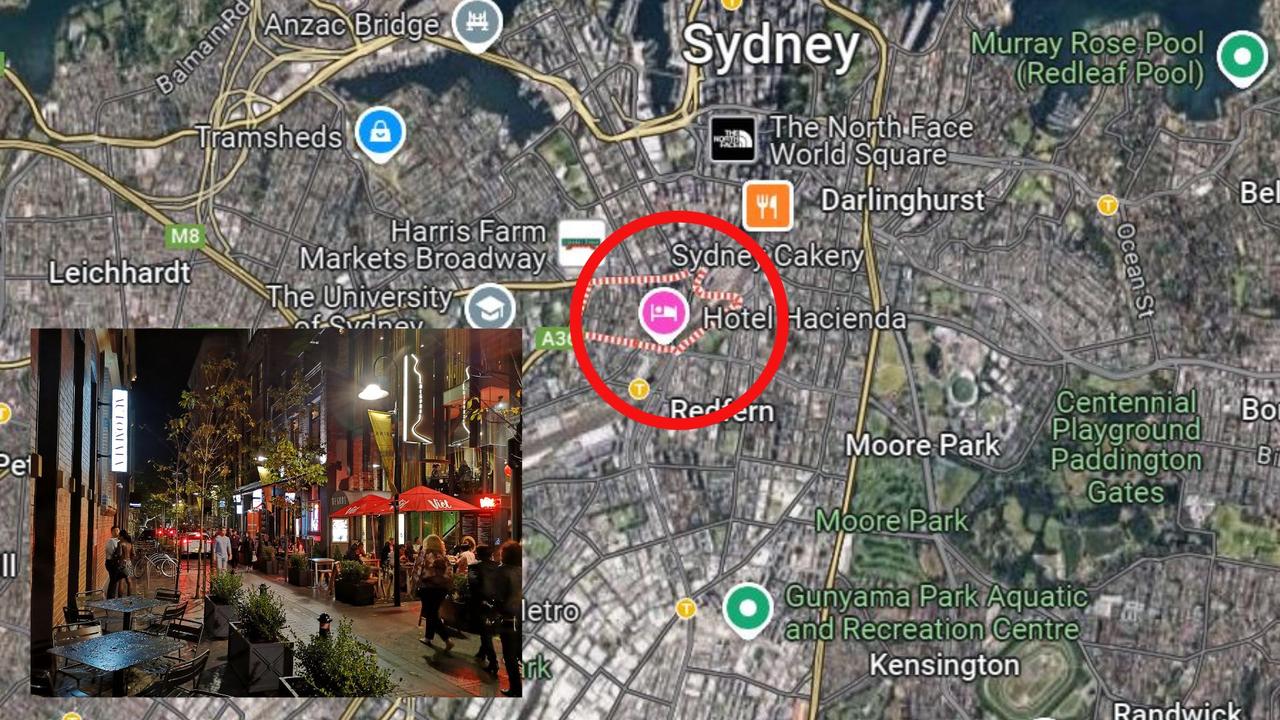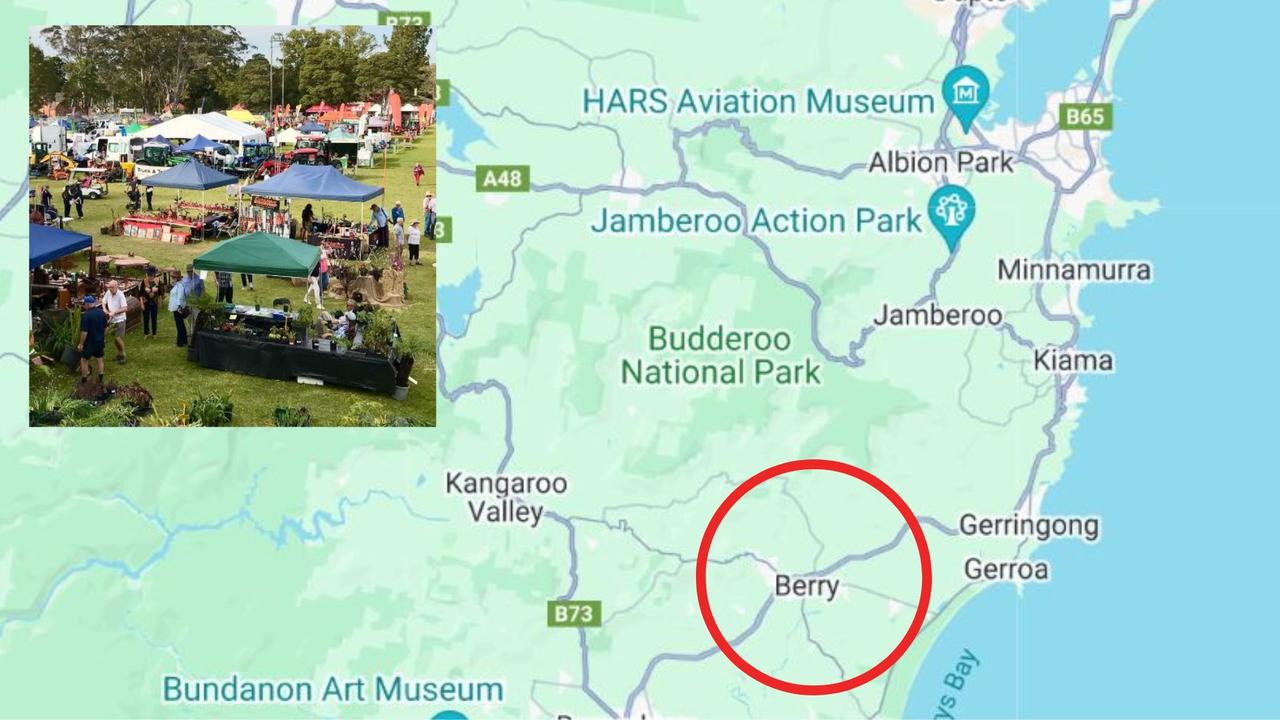The 10 best drives in the world
GRAB your passport, load up your iPod and strap in for some of the best car routes in the world. Covering five continents you’ll be surprised by some on this list.
GRAB your passport, load up your iPod with driving playlists and strap in for some of the best car routes in the world. These routes cover a variety of climates and geography on five continents. You’ll no doubt be surprised by at least a couple of our top 10 driving routes from around the world picks.
Autobahn, Germany
Would automakers like Audi, BMW, Mercedes-Benz, and Porsche turn out anything impressive if they didn’t have the Autobahn in their backyard?
Since the first stretch from Bonn to Cologne was finished in 1932, the German Autobahn system has become legendary for thrills without limits … sort of. It’s often misunderstood, but only about half the system is without speed restrictions. The Austrian and Swiss Autobahns also cap your rate of travel, so don’t even try to play the uninformed tourist role with the authorities. Instead, head for southern Germany, where you’ll find most of the stretches without speed limits.
Tour highlight: The A90 — A99 in Bavaria. The combination of straights, mountains and corners is a buffet of driving delights.
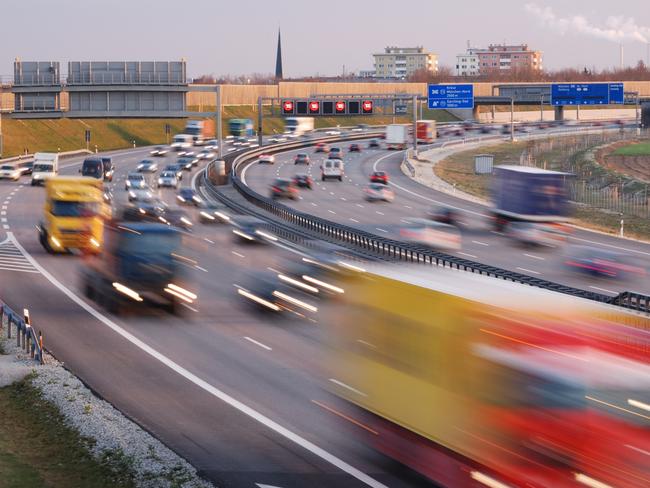
Bologna, Italy
It has been suggested that a car performs best on its home turf and that its personality is a reflection of the folks who built it. That’s definitely the case in Italy’s Bologna province — the region where Ferrari, Lamborghini and Maserati create their magic.
Winding your way through narrow village streets, foothills and mountains gives the sense of competing in the famous Mille Miglia road race — the modern version of the race cuts through the area. Just keep in mind that the A13 and other autostrada have speed limits of 130km/h for cars with at least 1.1-litre engines.
The polizia are known to be lenient, but not all-forgiving. To get the best driving experience in Bologna, or anywhere, for that matter, hit the strade bianchi (that means country roads if your Italian is a little rusty).
Tour highlight: Thinking you’re being pulled over for speeding, only to have the police pass you so they can go faster.
Millau Viaduct, France
As if its notoriety for paragliding and Roquefort cheese weren’t enough, the area around the southern French town of Millau is a joy to drive. Roads in the Massif Central Mountains offer all the requisite grades and curves drivers crave.
That alone is a compelling reason to add the region to the list, but what really makes this route a standout is the steel. Effectively competing with the impressive landscape is the Millau Viaduct. Granted, most auto enthusiasts don’t usually get this excited about bridges, but this is no ordinary bridge. For about $5, you can drive across this four-lane, sky-high highway that stands 1,118 feet at its tallest point above the Tarn River. The bridge opened in 2004, and it dwarfs the former European altitude road king — Austria’s Europabrücke.
Tour highlight: Driving the A75 and being able to brag that you crossed the world’s tallest vehicular bridge.

Great Ocean Road, Australia
If sea level is more your style, drive the Great Ocean Road.
Southwest Victoria plays host to this great run, with sights along the way ranging from resort towns and lighthouses to the Otways rainforest. You’ll wind along the Southern Ocean beachfront between Lorne and Apollo Bay, and the huge waves around Bells Beach are a surfer’s dream.
And then there are the Twelve Apostles, which are awesome limestone rock stacks jutting up from the water in Port Campbell National Park between Princetown and Peterborough. Completed in 1932, the Great Ocean Road is a source of pride for Aussies and an entertaining drive for travellers from all over the world.
Tour highlight: Refueling with fresh seafood and local wine.
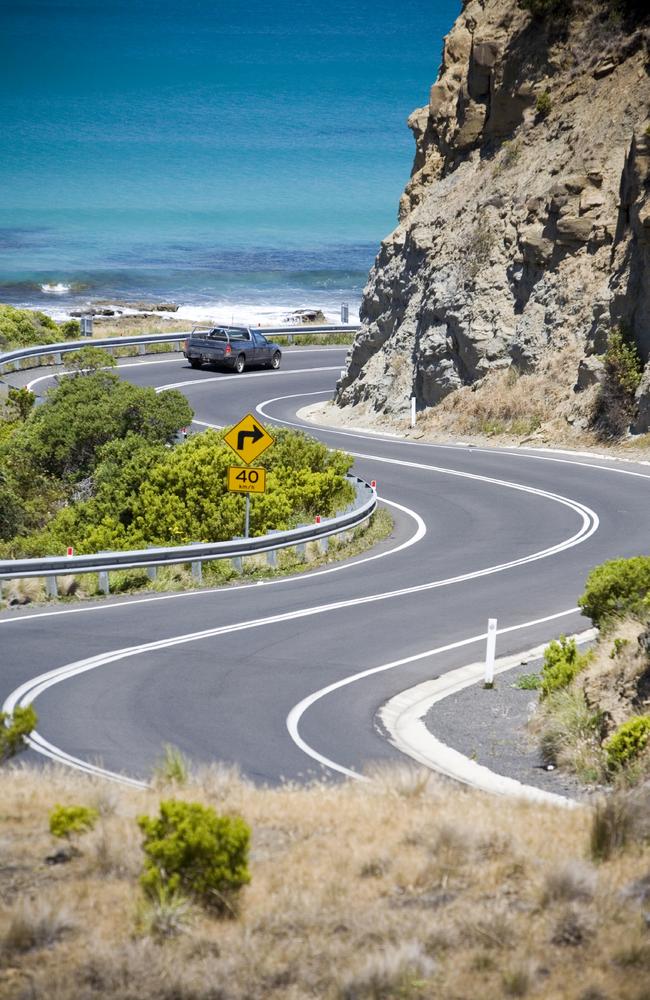
Coastal roads, Portugal or Spain
Remember the point about a car performing best on its home turf? Maybe the theory is best viewed in a continental sense. Case in point: when a European auto manufacturer holds a press launch and turns its cars loose on jet-lagged journalists, it’s often in beautifully rugged Portugal or Spain.
To some, this may be puzzling. Spain is known for rigorous enforcement of rather extensive traffic laws. As for Portugal, such enforcement could do some good, as the country is infamous for poor roads and even poorer driving habits. Actually, Spain’s buzzkill cops help foster a low-stress drive, letting you take in the rugged scenery. What’s more, Portugal has made strides in highway and driver improvement.
Tour highlight: Visit Cabo da Roca, Portugal (Europe’s westernmost point) via IC19 to A5 toward Cascais and a series of roundabouts until you’re pointed at the sea. Also, take a tour around the southern point of Gibraltar — which is actually a territory of the United Kingdom, not Spain — via the Europa Road.
Kumamoto, Japan
Many Westerners have the impression that Japan is fast-paced, with neon-drenched cities and people vacuum-packed into every last available square inch. Can this country possibly be home to one of the best international driving routes?
As a matter of fact, yes. As densely populated as Japan is, there’s another side to it. In the mountainous countryside, one’s pulse drops back into the safe zone as life moves in comparatively slow motion. This is also where you’ll find some scenic, well-maintained and lightly travelled roads.
For example, driving the Kyushu Highway in the Kumamoto Prefecture on the island of Kyushu is almost like time travel. In this area, considered to be where Japanese civilisation originated, you will have the opportunity to witness gorgeous views as well as traditional Japanese architecture that has long been missing from Japan’s flat, overdeveloped cities.
Tour highlight: Practicing your drifting techniques in the country where it all began. Just be careful: Going sideways through narrow hillside corners isn’t everybody’s cup of sake.

M8, Scotland
Though many of the routes are too ancient to be planned as great drives, the United Kingdom has tonnes of tempting roads for the driving enthusiast.
An often-overlooked point is Scotland, though it’s worth your effort to get there. Sure, the success of The Da Vinci Code may have pulled more tourists to the nation in recent years, but fortunately, they’re bound to be off the roads and sleuthing for clues at Rosslyn Chapel near Edinburgh.
The country’s diverse geography is classified between the Highlands, Central Lowlands and Southern Uplands, often marked by abrupt transitions. One mountain pass, known as Rest and Be Thankful, was once notorious for causing vehicles to overheat at least once during their ascent.
The M8 is the main motorway, though you’ll likely want to explore some of the great secondary roads, whether to check out a castle or just run through some twisties.
Tour highlight: The A82 as it passes Loch Ness. Pull over and see if Nessie pokes her head out of the water.
Western Cape, South Africa
In case you think the only driving done in Africa is in a Land Rover on safari, think again. Rural back roads notwithstanding, the country’s main highways are maintained quite well. The N1, N2 and N7 in Western Cape are surprisingly great drives, with 120-km/h speed limits.
A word of caution: Keep an eye out for animals that are inclined to wander onto the roads. Aside from the livestock obstacles, driving along the South Atlantic and Cape of Good Hope is reminiscent of the Mediterranean, with a similar climate to boot.
Tour highlight: Cape Town. It can get awfully touristy at times, but it’s worth fighting the crowds to visit Cape Point and Table Mountain.
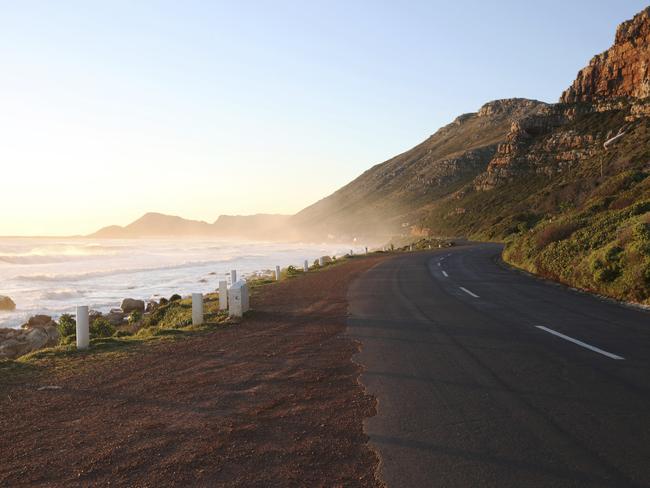
Northern Tunisia, Africa
So maybe it’s not the German Autobahn, but this area has been called the African Alps. In fact, Northern Tunisia has some entertaining mountain roads worth a drive.
This is no area for a fragile exotic car due to the likely encounter with bipolar road quality, sometimes with little warning. The P5 and P17 are generally good bets, though they’re always subject to change.
And even if you’re driving a smooth stretch, local traffic sometimes moves with all the urgency of an arthritic tortoise, considerably below the country’s 95-km/h limit. The pay-off is a remarkable drive with unique scenery. Part of that is due to the frequency of Roman village ruins scattered throughout the region. It’s par for the course: awe-inspiring history on a surprisingly great drive. Northern Tunisia is bound to exceed your expectations.
Tour highlight: Dougga, one of the best-preserved of the Roman village ruins. Located just off Route P5 near Testour, it’s thought to date to the 4th century B.C.; it’s not in bad shape for its age, and is certainly worth a visit.
Baja California Sur, Mexico
This route is not for the casual driver. In fact, if you have reservations about taking on a narrow, two-lane highway full of hazards, unpack your bags. On the other hand, if you have a sense of adventure and are well prepared, give it a try.
South of the border, the best road in Baja California Sur, Mexico, is Highway 1, which isn’t saying much: This isn’t a route you drive to avoid crater-sized potholes (impossible) or to get to Cabo San Lucas in a hurry. Night-time travel is not advised by some, while others suggest you keep it under 80km/h. Either way, if you are a skilled driver with a reasonably sturdy vehicle, try this route. You’ll be rewarded with great weather and great sights.
Tour highlight: Once you reach Cabo San Lucas, enjoy the sights of San Lucas Marina and Land’s End. When you’re done driving for the night, mas tequila!


